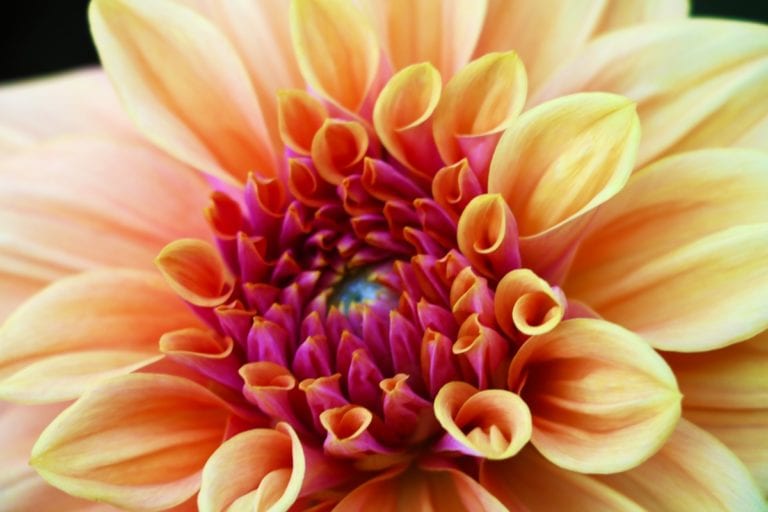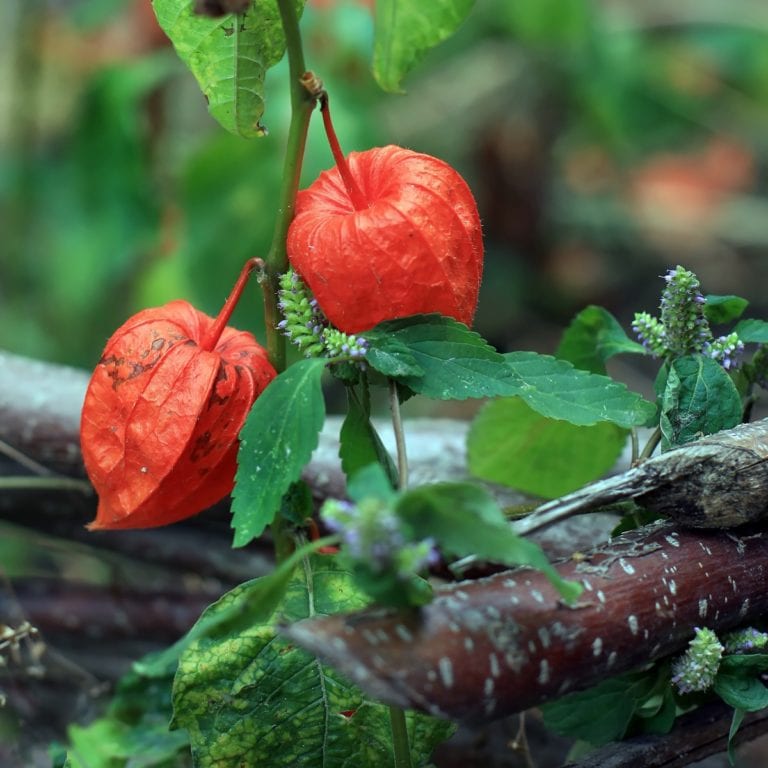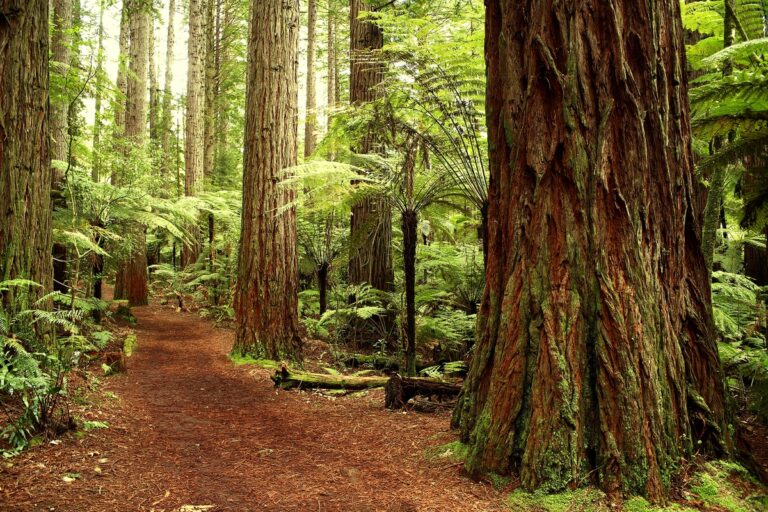Similar Posts

756th Week: A Subtle Activism Request
This week, I have a request to make of those who read these practices and are willing to engage in a subtle activism activity on behalf of our collective human family. I’d like to ask everyone to take five minutes each day—it doesn’t matter when—to do the practice of Tonglen. The specific focus of the Tonglen practice in this subtle activism activity is on breathing in our collective fear and hatred and breathing out compassion, peace, love, ease, or whatever quality you would like to offer to our human family. If this practice resonates with you, I would ask you to consider making it a daily practice on a regular basis, not just for this week.
I’ve written about Tonglen many times and there are links to the practice on my website under Written Meditations – https://www.nancynapier.com/category/meditations/. For this week’s activity, I’d like to write a brief version of a Tonglen-like practice for this subtle activism activity. Because many people may not have done Tonglen before, and may not be thrilled with the idea of breathing fear and hatred into their heart, I’ve written up a “derivation” of Tonglen drawn from my early spiritual upbringing.
Read More “756th Week: A Subtle Activism Request”
7l7th Week: Thinking with Your Heart
Sitting in Central Park listening to early morning birdsong, surrounded by the gift of lush green and inhaling the fragrance of Locust trees laden with their summer flowers, I find myself soaking it all in with a grateful heart. With so much strife and suffering in the world, these quiet moments with nature represent a powerful gift, a time of restoration and deep nourishment.
As I sit here, my thoughts turn to a conversation I had recently with a group of colleagues. We were talking about practices that enhance a focus on heart intelligence and heart perception, and how different a heart-based orientation is when compared to experiencing the world primarily through a head, or brain-based, orientation. Read More “7l7th Week: Thinking with Your Heart”

847th Week: Cultivating Love for the Earth
Sitting in Central Park doing a meditative practice that has become very important to me, I find myself accessing ever deeper love for this beautiful planet. The practice is below but, first, I want to say a few things about strengthening our heart-based relationship with our amazing home, our planet and the Nature we are part of that manifests through a powerful and dynamic creativity and intelligence.
When I was in graduate school, many years ago, I wrote papers on what I called, at the time, “psychoecology” because I couldn’t think of any other term that would encompass our psychological experience of, relationship with, and responsibility toward our Earth mother. Way back then, which was in the early-to-mid ‘70’s (I didn’t go to graduate school until I was in my early 30’s), I was looking for a way to put into words, and then to develop practices around, our Western-oriented human family’s disconnect from our larger other-than-human earth family.
Recently, I read a book called “Towards an Ecopsychotherapy”, by Mary-Jayne Rust. It was published in 2020 and includes within its many offerings a focus on helping clients acknowledge and address their anxiety and grief around what’s happening on the planet. This includes climate change, mass extinctions, and the hazards we now face because of our lack of understanding of our place within Nature’s complex and dynamic eco-system.
Read More “847th Week: Cultivating Love for the Earth”March 2019 Audio Meditation
If you would like to see this meditation with images from nature, here’s the YouTube version…